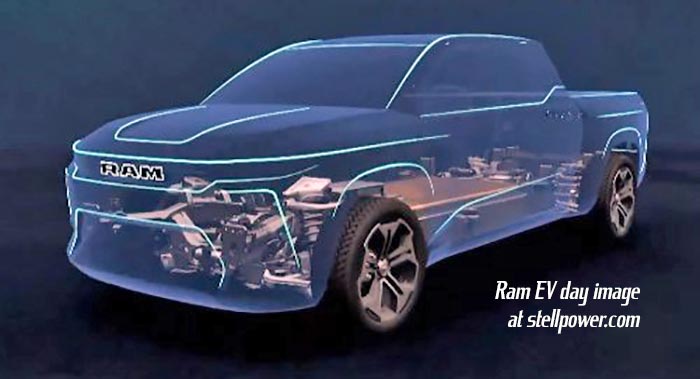With battery-electric cars set to become a major part of Stellantis’ product line—and a projected 50% of US sales in 2030—the company has to have some way of testing battery-electric vehicles while keeping its gasoline powertrain testing. It also has to avoid unquenchable fires in the basement of the Auburn Hills testing center.

The first of 228 steel columns for the new building, sited in Windsor, Onotario, has been placed, with construction to be finished in mid-2024 and full scale operations starting in the first quarter of 2025. The facility will test the next generation BEVs, with the first models launching before construction ends.
The 100,000 square foot facility will have 35 walk-in climate test units capable of testing up to 63 packs at once, with 11 reach-in units which can test up to 132 cells at once. The temperature range will span from –40°C to 80°C (–40°F to 176°F).
The BTC (Battery Technology Center) will be the North American hub for BEV, PHEV, and hybrid cells, modules, and battery packs. The University of Windsor will partner with Stellantis on some testnig projects.
The facility will employ around 55 highly qualified people, suggesting that the far lower cost of health care in Canada is less of an issue than being close to the primary North American factories for battery-electric cars and the partnership with the University of Windsor. One battery plant is slated for Brampton, Ontario, with two more to open in Indiana.
